3,4-Dichloro-5-hydroxy-2(5H)-furanone
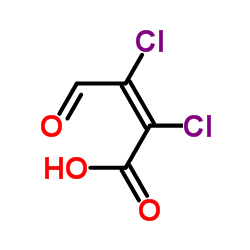
3,4-Dichloro-5-hydroxy-2(5H)-furanone structure
|
Common Name | 3,4-Dichloro-5-hydroxy-2(5H)-furanone | ||
|---|---|---|---|---|
| CAS Number | 87-56-9 | Molecular Weight | 168.963 | |
| Density | 1.6±0.1 g/cm3 | Boiling Point | 271.0±40.0 °C at 760 mmHg | |
| Molecular Formula | C4H2Cl2O3 | Melting Point | 125-128 °C(lit.) | |
| MSDS | Chinese USA | Flash Point | 117.7±27.3 °C | |
| Symbol |


GHS05, GHS06 |
Signal Word | Danger | |
| Name | Mucochloric acid |
|---|---|
| Synonym | More Synonyms |
| Density | 1.6±0.1 g/cm3 |
|---|---|
| Boiling Point | 271.0±40.0 °C at 760 mmHg |
| Melting Point | 125-128 °C(lit.) |
| Molecular Formula | C4H2Cl2O3 |
| Molecular Weight | 168.963 |
| Flash Point | 117.7±27.3 °C |
| Exact Mass | 167.938095 |
| PSA | 54.37000 |
| LogP | 0.19 |
| Vapour Pressure | 0.0±1.2 mmHg at 25°C |
| Index of Refraction | 1.532 |
| Water Solubility | SOLUBLE IN HOT WATER |
CHEMICAL IDENTIFICATION
HEALTH HAZARD DATAACUTE TOXICITY DATA
MUTATION DATA
|
| Symbol |


GHS05, GHS06 |
|---|---|
| Signal Word | Danger |
| Hazard Statements | H301-H314-H317 |
| Precautionary Statements | P280-P301 + P310-P305 + P351 + P338-P310 |
| Personal Protective Equipment | Eyeshields;Faceshields;full-face particle respirator type N100 (US);Gloves;respirator cartridge type N100 (US);type P1 (EN143) respirator filter;type P2 (EN 143) respirator cartridges;type P3 (EN 143) respirator cartridges |
| Hazard Codes | T:Toxic;C:Corrosive; |
| Risk Phrases | R25;R34;R37;R42/43 |
| Safety Phrases | S26-S36/37/39-S45-S22 |
| RIDADR | UN 2923 8/PG 3 |
| WGK Germany | 2 |
| RTECS | AS7700000 |
| Packaging Group | III |
| Hazard Class | 8 |
| HS Code | 29183000 |
|
~% 
3,4-Dichloro-5-... CAS#:87-56-9 |
| Literature: US2821553 , ; |
|
~% 
3,4-Dichloro-5-... CAS#:87-56-9 |
| Literature: Justus Liebigs Annalen der Chemie, , vol. Suppl.3, p. 275 American Chemical Journal, , vol. 3, p. 166 Chemische Berichte, , vol. 12, p. 656 American Chemical Journal, , vol. 3, p. 168 |
|
~% 
3,4-Dichloro-5-... CAS#:87-56-9 |
| Literature: American Chemical Journal, , vol. 12, p. 38 |
|
~% 
3,4-Dichloro-5-... CAS#:87-56-9 |
| Literature: American Chemical Journal, , vol. 19, p. 641 American Chemical Journal, , vol. 9, p. 160 |
|
~% 
3,4-Dichloro-5-... CAS#:87-56-9 |
| Literature: American Chemical Journal, , vol. 16, p. 304 |
|
~% 
3,4-Dichloro-5-... CAS#:87-56-9 |
| Literature: Chemische Berichte, , vol. 32, p. 2085 |
|
~% 
3,4-Dichloro-5-... CAS#:87-56-9 |
| Literature: American Chemical Journal, , vol. 12, p. 38 |
| Precursor 6 | |
|---|---|
| DownStream 10 | |
| HS Code | 29183000 |
|---|
|
The toxicity of the mutagen 'MX' and its analogue, mucochloric acid, to rainbow trout hepatocytes and gill epithelial cells and to Daphnia magna.
Toxicology 100(1-3) , 69-77, (1995) The cytotoxicity of the, in Salmonella, potent mutagenic compound, 3-chloro-4-(dichloromethyl)-5-hydroxy-2(5H)-furanone (MX) and its structural analogue 3,4-dichloro-5-hydroxy-2[5H]-furanone (mucochlo... |
|
|
Test of chiral recognition in the Salmonella typhimurium (TA100) mutagenicity of mucochloric acid-cysteine adducts.
Environ. Mol. Mutagen. 22(3) , 181-7, (1993) A difference in biological response to enantiomers is not an uncommon observation and is, therefore, to be expected in various manifestations of genotoxicity. The bacterial mutagen mucochloric acid (2... |
|
|
Effect of beta-cyclodextrin on mucochloric acid and 3-chloro-4-(dichloromethyl)-5-hydroxy-2(5H)-furanone.
Arch. Environ. Contam. Toxicol. 20(3) , 371-4, (1991) Cyclodextrins form inclusion complexes with a wide range of guest molecules which wholly, or in part, fit into their hydrophobic cavity. Since no covalent bonds are formed in this complexation, the gu... |
| 3,4-dichloro-5-hydroxy-5H-furan-2-one |
| Dichloromalealdehydicaicd |
| EINECS 201-752-4 |
| (2Z)-2,3-dichloro-4-oxobut-2-enoic acid |
| 2-Butenoic acid, 2,3-dichloro-4-oxo-, (2Z)- |
| 2,3-dichloro-4-oxo-cis-crotonic acid |
| 2(5H)-Furanone, 3,4-dichloro-5-hydroxy- |
| (2Z)-2,3-Dichloro-4-oxo-2-butenoic acid |
| Mucochlorsure |
| MUCOCHLORICAICD |
| 3,4-dichloro-5-hydroxyfuran-2(5H)-one |
| Mucochloric acid |
| Kyselina mukochlorova |
| MFCD00006966 |
| 2,3-Dichloro-4-oxobutenoic acid |
| Dichloromalealdehyde acid |
| aldehydodichloromaleicacid |
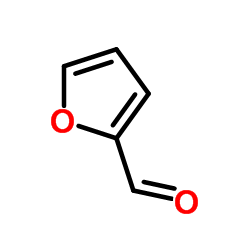
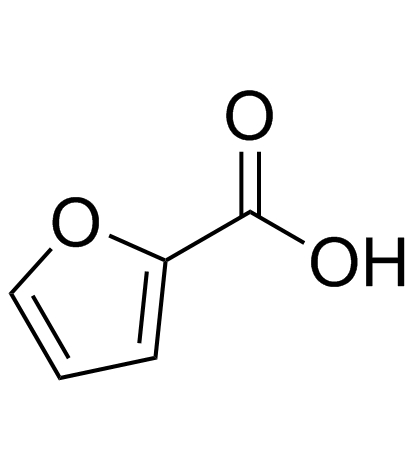
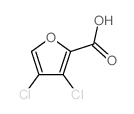

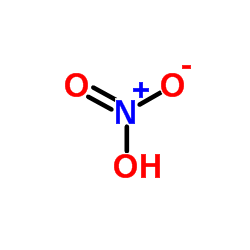
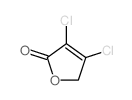

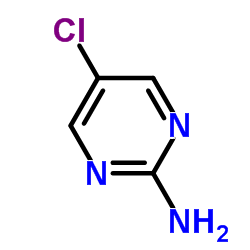 CAS#:5428-89-7
CAS#:5428-89-7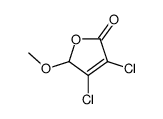 CAS#:23066-93-5
CAS#:23066-93-5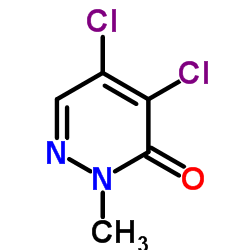 CAS#:933-76-6
CAS#:933-76-6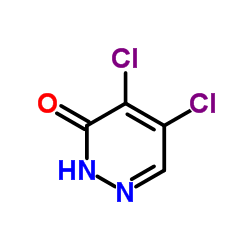 CAS#:932-22-9
CAS#:932-22-9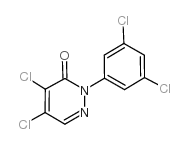 CAS#:86483-43-4
CAS#:86483-43-4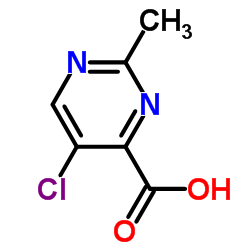 CAS#:74840-47-4
CAS#:74840-47-4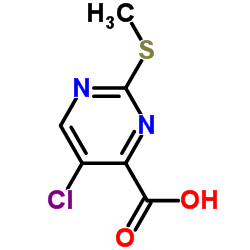 CAS#:61727-33-1
CAS#:61727-33-1 CAS#:1698-53-9
CAS#:1698-53-9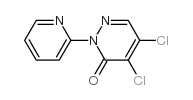 CAS#:78389-19-2
CAS#:78389-19-2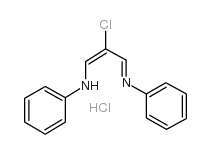 CAS#:6684-16-8
CAS#:6684-16-8